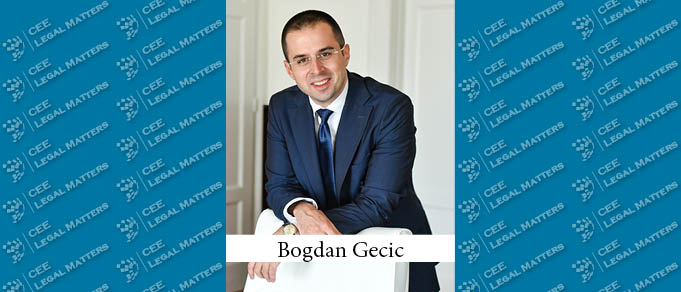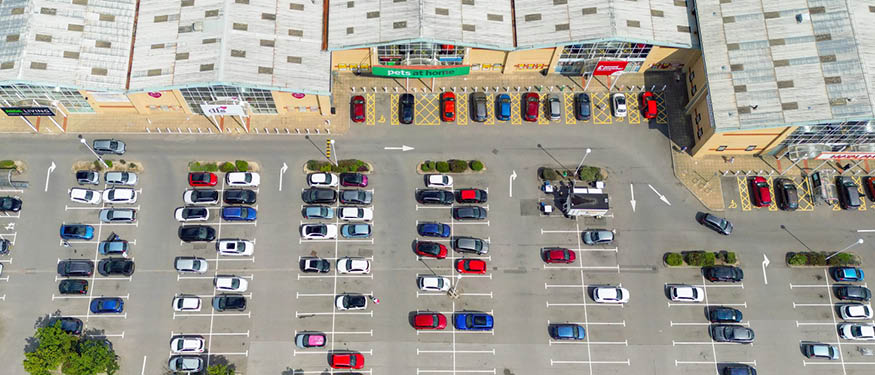The European Union has initiated the world’s first carbon border tax, known as the Carbon Border Adjustment Mechanism (CBAM), in a strategic move to tackle the mounting concerns of climate change.
The CBAM is designed to level the competitive landscape, ensuring that EU companies, which are already bearing the cost of their carbon emissions, remain on equal footing with enterprises originating from nations with minimal or no carbon emission charges. While the Carbon Border Adjustment Mechanism stands as a significant development in the realm of climate policy, its ramifications extend beyond environmental considerations, reshaping the contours of international trade and the operational dynamics across industries.
For non-EU producers and importers, especially those from the Western Balkans – encompassing Albania, Bosnia and Herzegovina, Montenegro, North Macedonia, Kosovo, and Serbia – as well as trading heavyweights like Israel, Turkey, and Indonesia, this evolution presents both challenges and opportunities. Navigating this changing landscape demands that these nations and their businesses remain agile, informed, and forward-looking. The emerging complexities brought about by the CBAM underscore the necessity for these key global players to strategically align their practices, ensuring resilience and adaptability in this new era of trade and environmental stewardship.
The CBAM Framework: An Overview
The Carbon Border Adjustment Mechanism (CBAM) was introduced to tackle the challenge of carbon leakage – the shift of companies moving their production from the EU to countries with more lenient climate policies. The CBAM complements the European Union’s Emissions Trading System (EU ETS), both aiming to lower carbon emissions and position Europe as the first climate-neutral continent by 2050. As part of its “Fitfor55 Agenda“, the European Union has detailed plans for this mechanism.
The Implementing Regulation, published on August 17, 2023, sets the stage for a transitional period starting October 1, 2023.
During this time, importers will only have to report on the GHG emissions embedded in their imports without any financial adjustments. This approach offers businesses and other stakeholders the time to prepare for the full CBAM rollout in January 2026, allowing for fine-tuning of the definitive methodology. The new regulatory framework will have profound implications for non-EU producers and importers, particularly within the iron, steel, aluminum, cement, fertilizers, electricity, and hydrogen sectors – areas most vulnerable to carbon leakage.
The adoption of the Implementing Regulation is a significant step forward for the CBAM, as it brings the mechanism one step closer to implementation and provides much-needed clarity for businesses.
While this trial phase won’t directly tax importers based on the EU’s carbon price, those failing to meet reporting requirements will face fines. However, these penalty charges, ranging from €10 to €50 per tonne of unreported carbon emissions, have drawn criticism from EU industry executives. Some argue that the relatively lenient penalties and potential flexibility could pave the way for evasion.
Key Provisions for Non-EU Producers and Importers
- The first CBAM Report is due by January 31, 2024, covering goods imported in the last quarter of 2023.
- To streamline the reporting process, an electronic database will be established to collect the information reported during the transitional period. Initially, a CBAM Transitional Registry will be created, setting the foundation for the future CBAM Registry.
- Suppose a reporting declarant fails either to submit a CBAM Report or to amend a CBAM Report upon direction. In that case, the European Commission will levy a penalty between EUR 10 and EUR 50 for every tonne of unreported embedded GHG emissions.
- Implementing regulation is further detailed and expanded through the inclusion of nine annexes.
Business Implications for Non-EU Producers and Importers
- Penalties: Brussels has set penalties for the trial phase between €10 and €50 per tonne for missing carbon emission reports. Industry insiders have voiced concerns that these penalties might be too low, allowing businesses to sidestep reporting.
- Impact on Global Trade: The CBAM has ruffled feathers globally. Nations like India and Brazil argue it breaches World Trade Organization rules. Countries such as the US and South Africa fear their markets may be inundated by inexpensive imports from companies dodging the EU tax.
- Reporting Requirements: Importers of goods like #steel, #cement, #electricity, #hydrogen, #fertilizers, and #aluminum must submit their initial carbon emission reports by January 31, 2024.
- Revenue Projections: According to estimates from S&P Global analysts, the CBAM could generate approximately $80 billion annually for the EU by 2040.
- Feedback from Industry Stakeholders: Energy director at metals industry body Eurometaux, Adina Georgescu, warned of the regulation’s potential loopholes for importers. Furthermore, industry executives believe the EU member states have too much latitude in determining how to apply the CBAM measures. They advocate for CBAM penalties to mirror those of the EU’s Emissions Trading System (ETS), currently set at €100 per tonne for unreported emissions.
Looking Ahead
Understanding the CBAM and its business implications is vital for non-EU companies striving for market compatibility in Europe. More than just regulatory compliance, this represents a shift towards global sustainability and new market dynamics.
The European Commission contends that the CBAM will prompt other countries to institute their own emissions trading systems. Recent announcements from Turkey and Indonesia about introducing a carbon price validate this claim.
Conclusion
The CBAM, with its potential for shaping international business and trade, signifies the EU’s proactive approach to carbon emissions. The European Union is leveraging the ‘Brussels Effect,’ banking on the idea that the CBAM might become the golden standard in ESG, GHG, and climate regulation, much like the impact GDPR previously had on global data protection standards. Through the Brussels Effect, the EU anticipates that regulated entities, especially corporations, will align with EU laws even outside its borders, creating a ripple effect that prioritizes sustainability across the global marketplace.
However, achieving this vision may not be straightforward. The EU’s trading partners have already voiced concerns, labeling the proposed carbon border tax as protectionist and potentially detrimental to export industries. These criticisms, coupled with pending WTO challenges and other bureaucratic obstacles, mean the EU’s ambitious plan faces an uncertain road ahead. Whether the CBAM will stand firm against these challenges and truly transform global trade standards remains to be seen.
In light of these dynamics, it is crucial for non-EU producers and importers to remain agile, informed, and prepared. As the landscape evolves, they must adapt and prepare for a future where sustainability isn’t just a choice but might become the norm in international trade.
By Bogdan Gecic, Founding Partner, Gecic Law
















